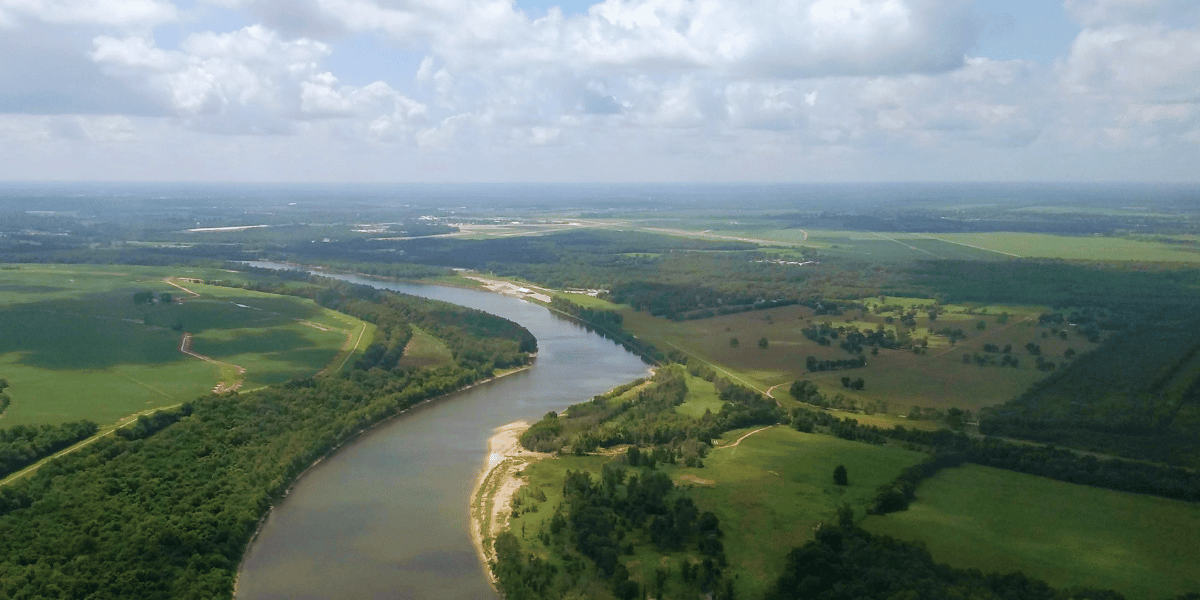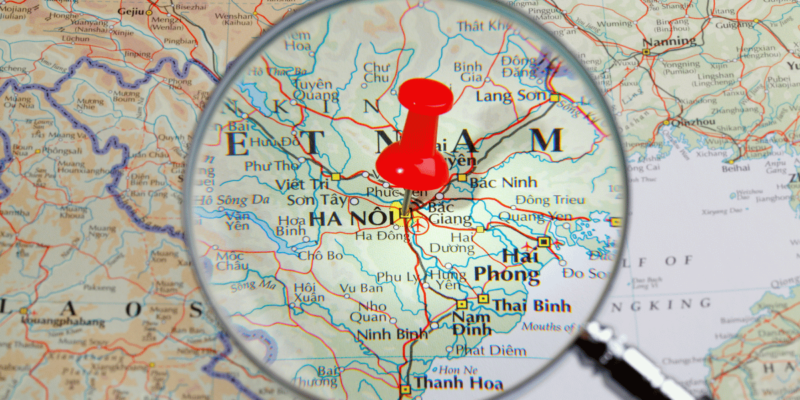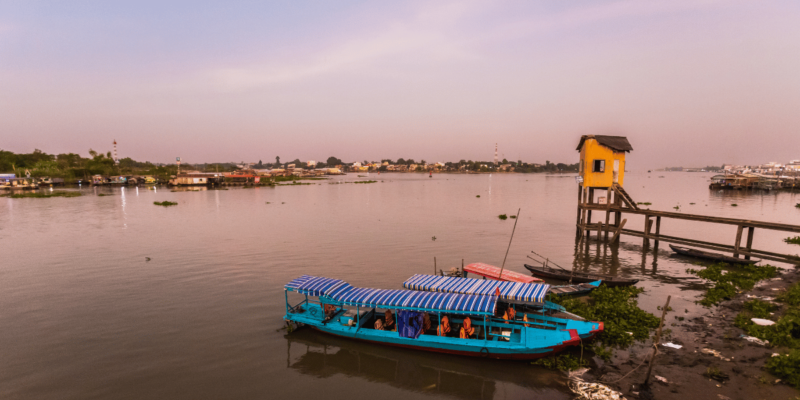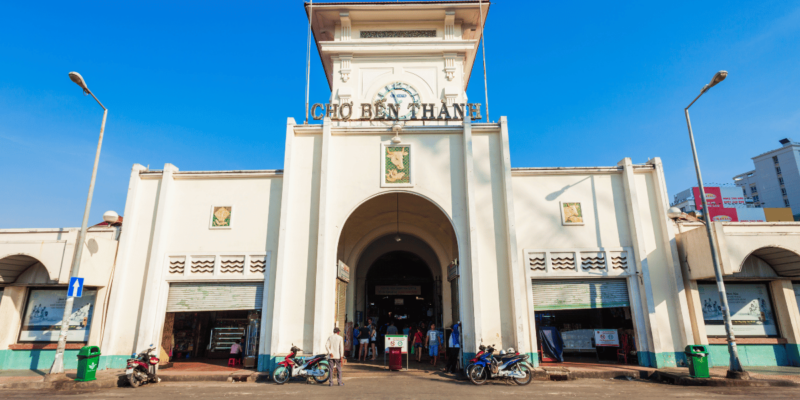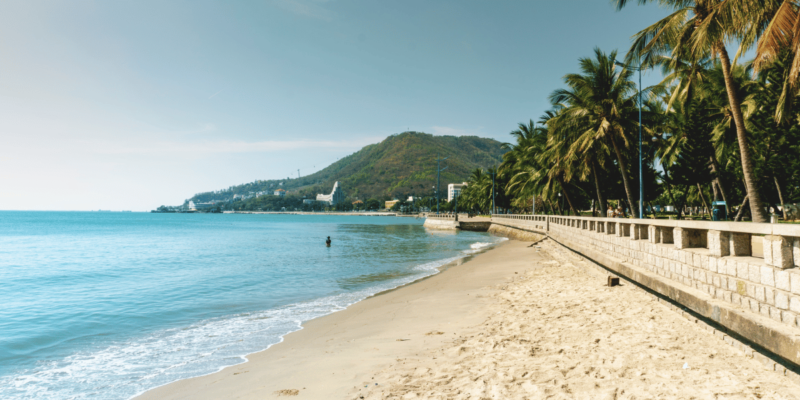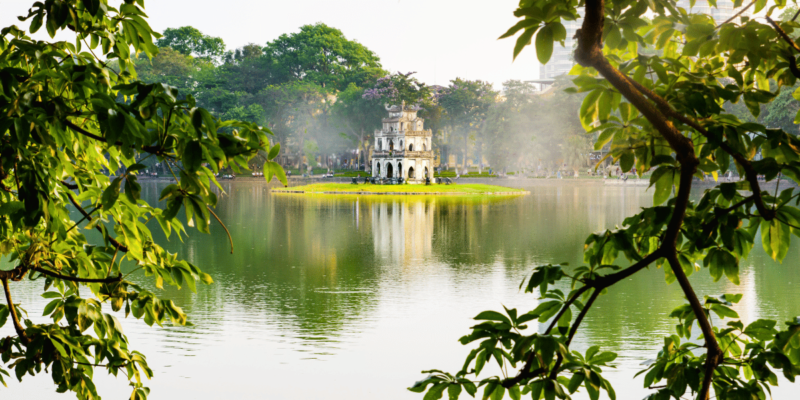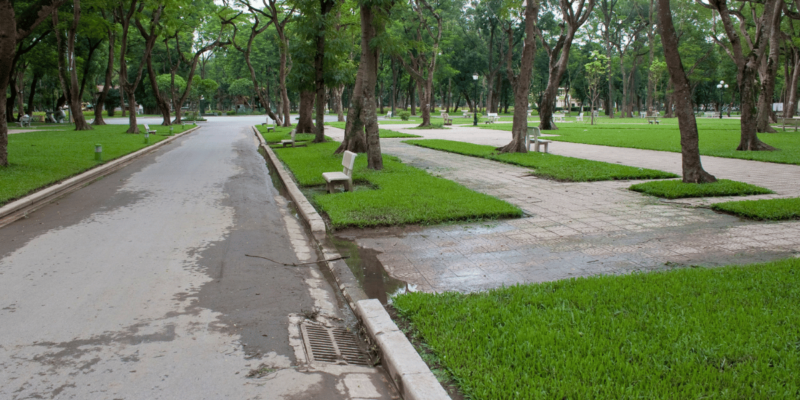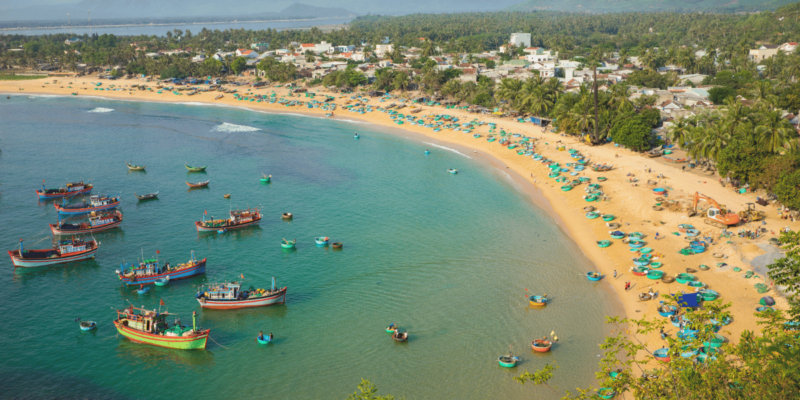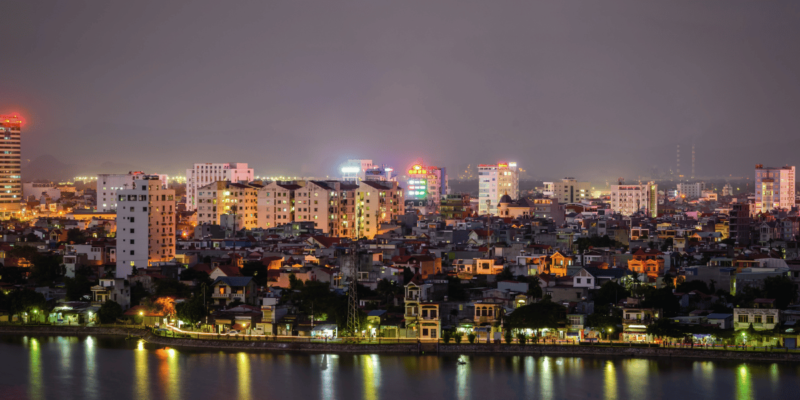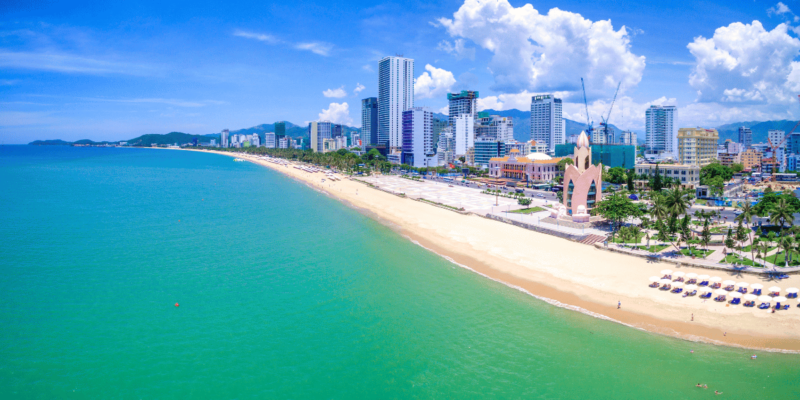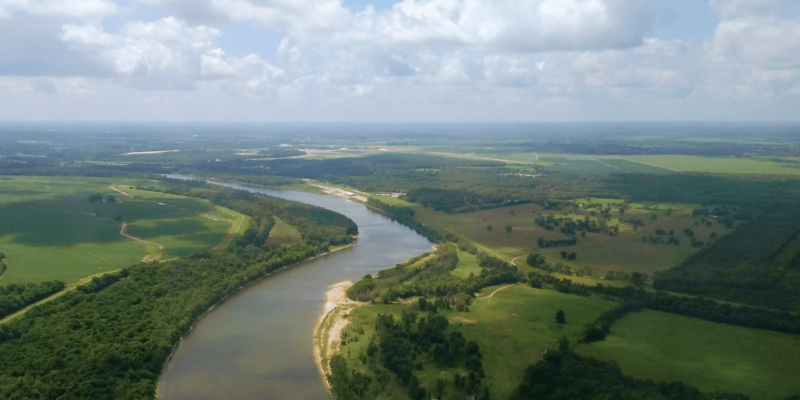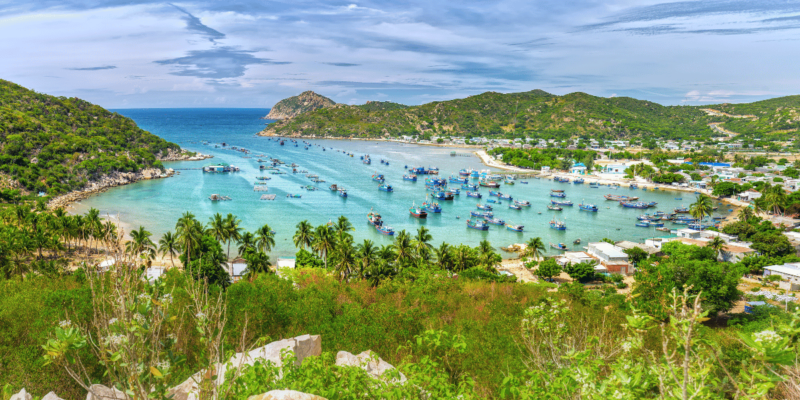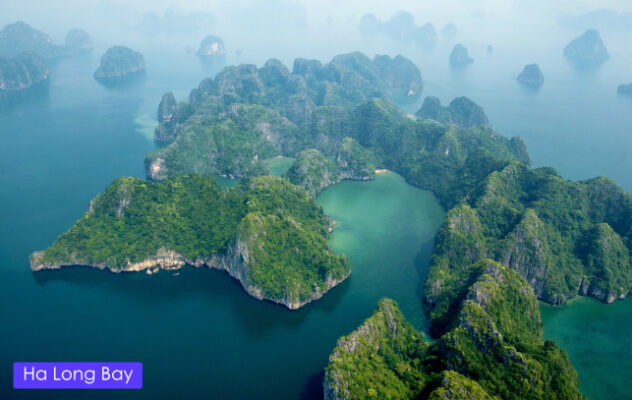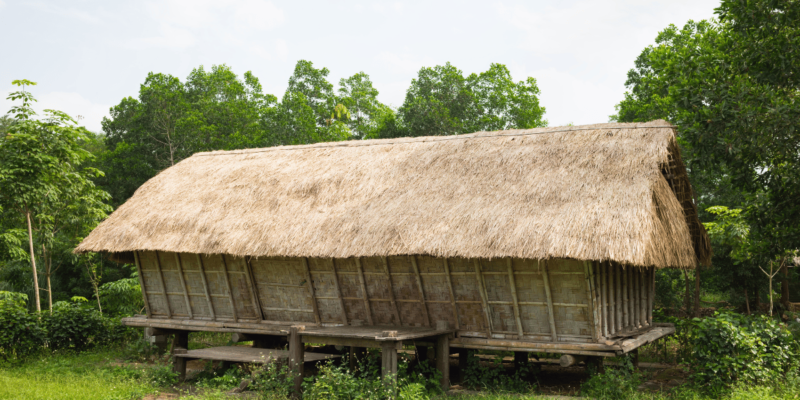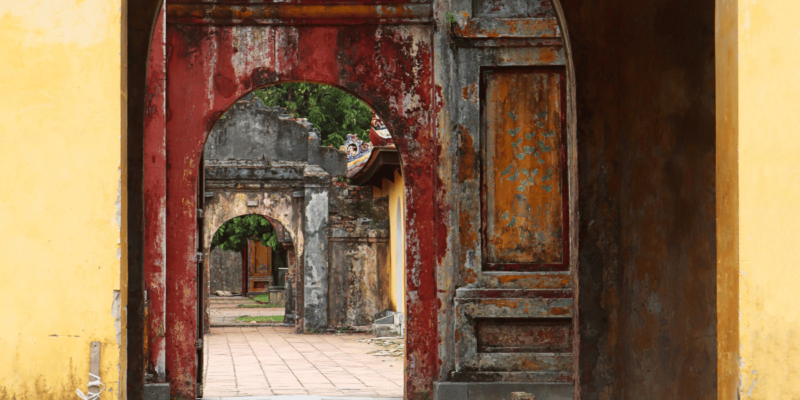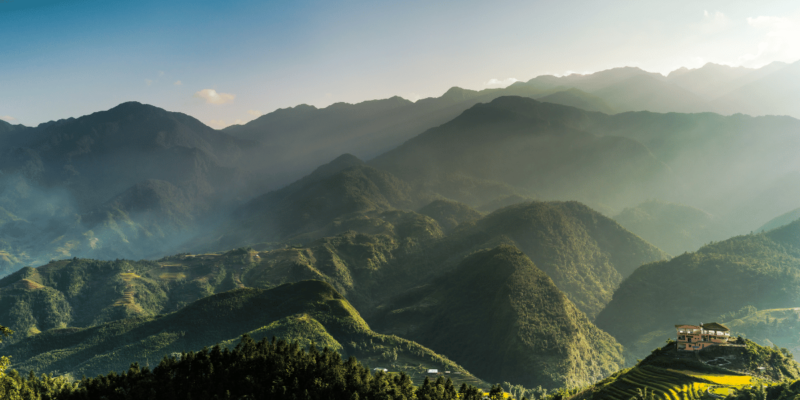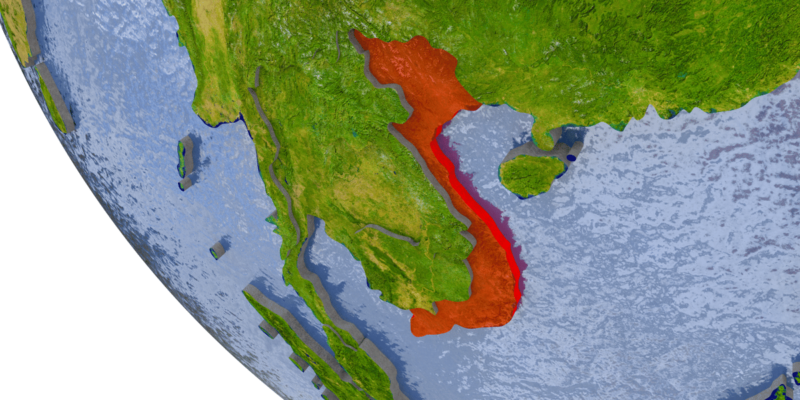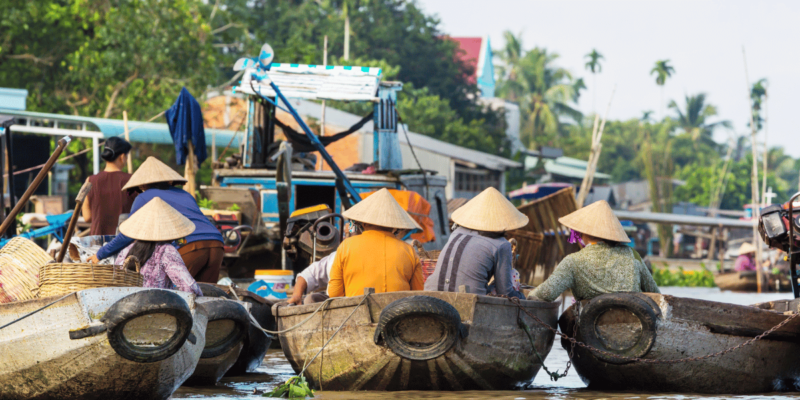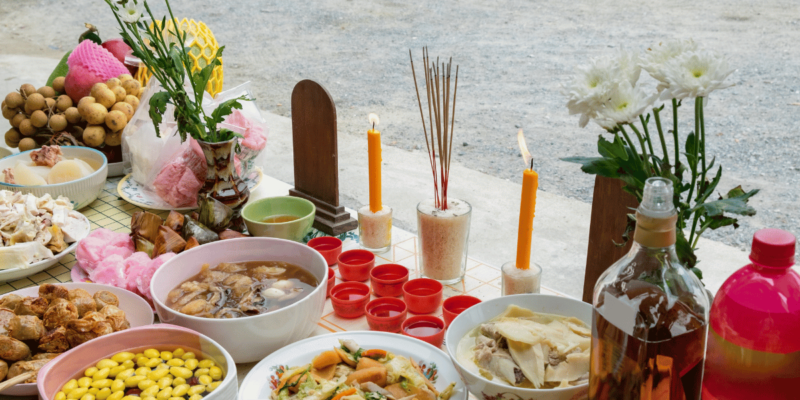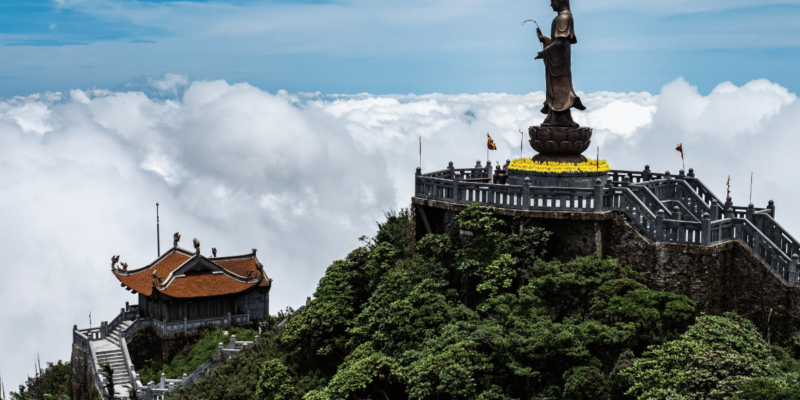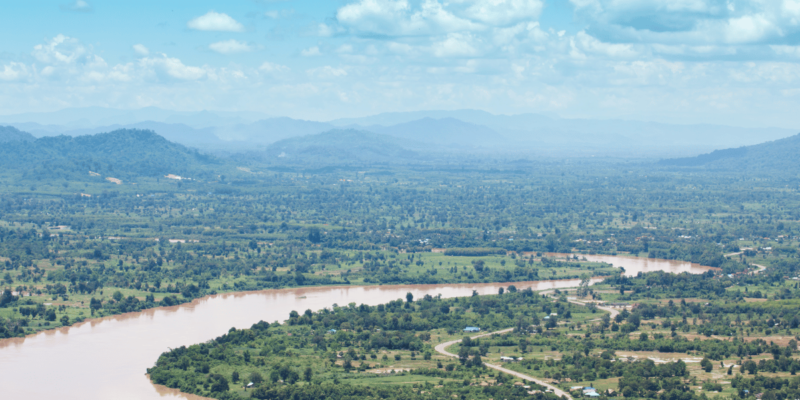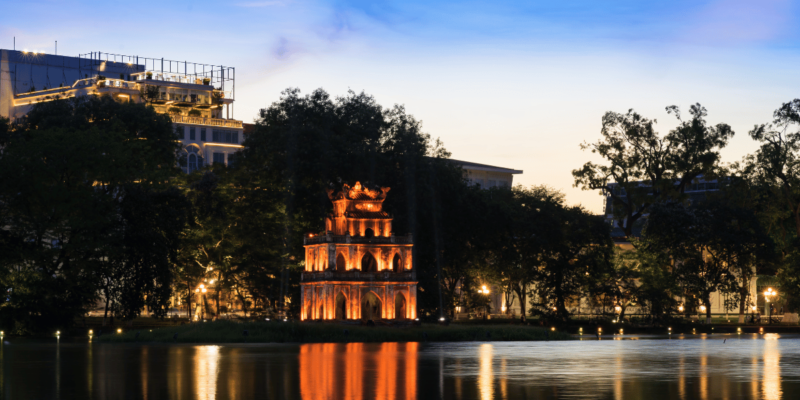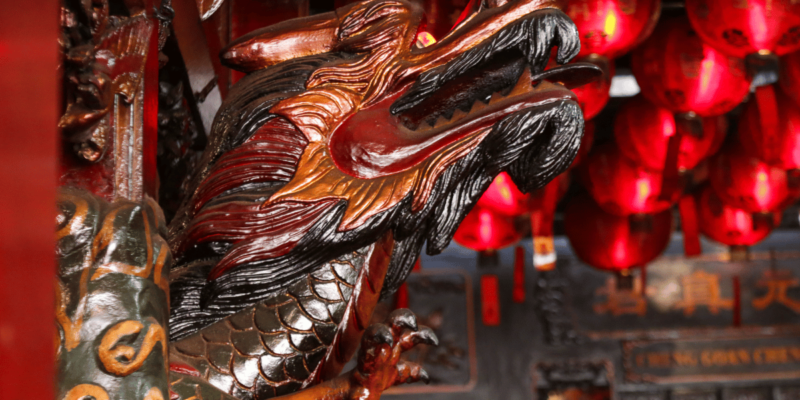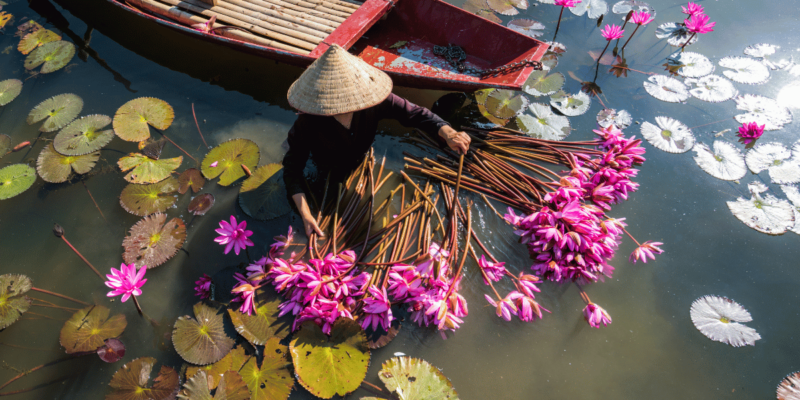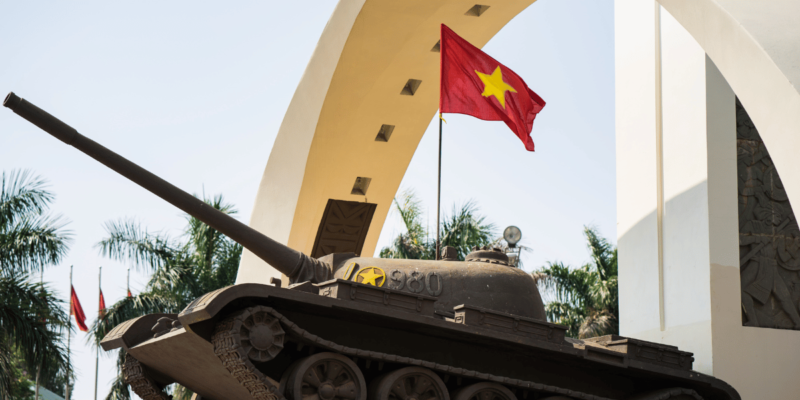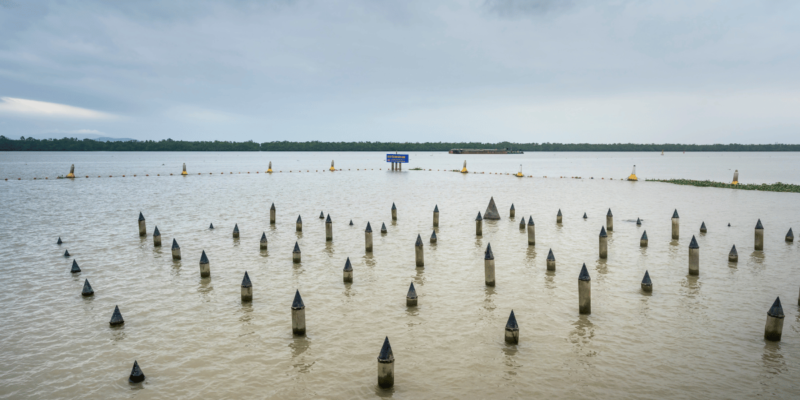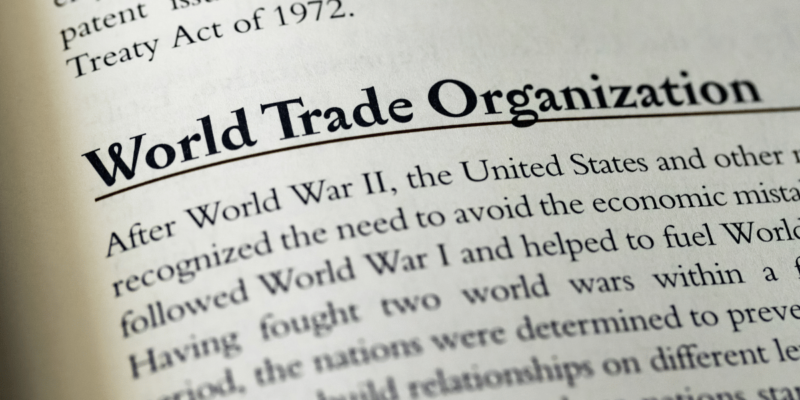Vietnam’s Rivers
Vietnam’s Rich River Network: Vietnam is endowed with an extensive network of rivers that have played a pivotal role in shaping the nation’s landscape, culture, and economy. From the mighty Mekong River in the south to the Red River in the north, these waterways are integral to the country’s identity, influencing everything from the fertile lands of the deltas to the vibrant traditions of the people who live along their banks.
Lifeline of the Nation: The rivers of Vietnam serve as the lifeblood of the nation, particularly in agriculture, where they provide essential irrigation for rice paddies and other crops that form the backbone of the economy. In addition to their agricultural importance, these rivers are vital for transportation, linking rural areas with urban centres, and they play a crucial role in the daily lives of millions of Vietnamese who rely on them for fishing, farming, and even as a source of drinking water.
A Diverse Ecosystem: Beyond their economic and cultural significance, Vietnam’s rivers support a rich and diverse ecosystem. The Mekong Delta, known as the “Rice Bowl of Vietnam,” is home to a wide array of flora and fauna, including many species that are unique to the region. Similarly, the rivers flowing through the mountainous north nourish lush forests and provide habitats for numerous species, contributing to the country’s remarkable biodiversity. These waterways not only sustain life but also offer a glimpse into the natural beauty and ecological richness of Vietnam.
Major Rivers of Vietnam
The Mekong River:
The Mighty Mekong: The Mekong River is one of Southeast Asia’s most significant waterways, stretching over 4,300 kilometres and flowing through six countries before reaching Vietnam. In Vietnam, it transforms into the sprawling Mekong Delta, where its numerous branches create a vast, fertile region that is crucial to the country’s agriculture.
The Life-Giving Delta: The Mekong Delta is often referred to as Vietnam’s “Rice Bowl,” producing a significant portion of the country’s rice and other essential crops. The region is characterised by its lush, green fields, intricate canal systems, and vibrant floating markets where locals trade goods from their boats. The unique way of life in the delta is closely tied to the river, with many communities living in stilt houses along the waterways and relying on the river for their livelihood.
Environmental Concerns: However, the Mekong River faces significant environmental challenges, including the construction of dams upstream, which can disrupt the natural flow and sediment distribution, and climate change, which threatens to alter rainfall patterns and increase salinity in the delta. These issues pose a risk to the region’s agriculture, biodiversity, and the traditional way of life for millions of people.
The Red River:
Northern Artery: The Red River, or Song Hong, is the lifeblood of northern Vietnam, flowing from China into the Red River Delta and providing vital water resources for agriculture. The delta, with its rich alluvial soil, supports the cultivation of rice and other crops that are central to the region’s economy. The river also serves as a key transportation route, linking the rural hinterlands with the bustling capital of Hanoi.
Cultural Significance: The Red River is deeply embedded in Vietnamese history and folklore. It is often associated with legends of the nation’s origins and has played a significant role in the development of the region’s culture and traditions. Many historical sites and temples are situated along its banks, reflecting the river’s importance in the spiritual and cultural life of the people.
Hanoi’s Waterway: In Hanoi, the Red River shapes the city’s landscape, providing a scenic backdrop to the capital’s mix of ancient and modern architecture. The river is not only a crucial source of water but also a popular site for leisure activities, including river cruises and sightseeing. These cruises offer visitors a chance to experience the city from a unique perspective, floating past traditional villages, ancient pagodas, and vibrant markets.
Other Notable Rivers:
The Black River (Da River): The Black River, known for its stunning landscapes, winds through mountainous terrain in northwestern Vietnam. It is a popular destination for adventure tourism, offering opportunities for rafting, kayaking, and trekking in the surrounding hills. The river’s clear waters and dramatic scenery make it a favourite among nature enthusiasts and thrill-seekers.
The Perfume River (Huong River): Flowing through the historic city of Hue, the Perfume River is intimately connected to the city’s imperial past. Its gentle flow and picturesque setting have inspired poets and artists for centuries. The river is central to Hue’s identity, with many of the city’s most important cultural and historical sites, including the Imperial Citadel and royal tombs, located along its banks. Boat rides on the Perfume River are a popular way to explore the rich history and serene beauty of this former imperial capital.
The Saigon River: The Saigon River runs through Ho Chi Minh City, Vietnam’s largest and most dynamic urban centre. It plays a vital role in the city’s economy, serving as a major route for trade and transportation. The river is lined with bustling ports, modern skyscrapers, and luxury hotels, reflecting the city’s rapid development. Despite its urban setting, the Saigon River also offers opportunities for sightseeing cruises, where visitors can enjoy views of the city’s skyline, vibrant riverfront, and traditional floating markets.
In summary, Vietnam’s rivers are not only vital to the country’s agriculture and transportation but also play a significant role in its cultural and historical identity. From the fertile Mekong Delta to the historic waters of the Red and Perfume Rivers, each waterway contributes to the rich tapestry of Vietnam’s landscape and way of life.
River Life and Culture
Fishing Communities: The rivers of Vietnam are the lifeblood of countless fishing communities, where the daily rhythms of life are closely tied to the water. Along the banks of major rivers like the Mekong and the Red River, generations of families have relied on fishing as their primary source of income. Early each morning, fishermen set out in their small boats, casting nets into the water and hauling in the day’s catch. These communities are not only sustained by the fish they catch but also by the fertile lands near the rivers, where farmers grow rice, vegetables, and fruits. The interdependence of fishing and farming creates a unique way of life that has persisted for centuries, with rivers serving as the cornerstone of both sustenance and culture.
Floating Markets: One of the most iconic aspects of river life in Vietnam is the floating market, particularly in the Mekong Delta. These bustling markets are a vibrant display of the region’s rich agricultural produce and the entrepreneurial spirit of its people. At dawn, the rivers come alive as boats laden with fresh fruits, vegetables, fish, and other goods gather to trade. Buyers and sellers navigate the waterways, calling out their prices and negotiating deals. The floating markets are not only a vital economic hub but also a social gathering place where locals exchange news and maintain community ties. The colourful scenes of these markets, with their lively atmosphere and the array of goods, offer a unique glimpse into the everyday lives of those who live along Vietnam’s rivers.
Traditional Boats: The rivers of Vietnam are home to a wide variety of traditional boats, each uniquely designed to suit the needs of the people who use them. From the slender, agile sampans used for fishing and daily transport to the larger cargo boats that ferry goods between towns, these vessels are an essential part of river life. In the Mekong Delta, the distinctive “ghe” boats, with their curved prows and painted eyes, are particularly iconic. These boats are often passed down through generations, with their designs reflecting both practicality and regional traditions. The variety of boats seen on Vietnam’s rivers is a testament to the ingenuity of the local people and their deep connection to the waterways that sustain their livelihoods.
Festivals and Celebrations: Rivers hold a special place in the spiritual and cultural life of the Vietnamese people, often playing a central role in festivals and religious ceremonies. For example, the annual Tet Nguyen Tieu festival, celebrated on the first full moon of the lunar year, sees families floating lanterns on rivers as a way to honour their ancestors and bring good luck for the year ahead. In Hue, the Perfume River is the setting for the Hue Festival, a biennial event that celebrates the city’s imperial history and cultural heritage with performances, boat races, and dragon dance parades along the riverbanks. Similarly, the Water Puppet Theatre, a traditional art form that originated in the Red River Delta, involves performances on water, with puppets dancing on the surface, controlled by hidden puppeteers. These festivals and ceremonies highlight the deep cultural significance of rivers in Vietnam, serving as a reminder of how these waterways continue to shape the spiritual and social fabric of the nation.
In summary, the rivers of Vietnam are not just physical features of the landscape but are integral to the way of life, culture, and traditions of the people who live along their banks. From the fishing communities and vibrant floating markets to the diverse boats and the central role of rivers in festivals, these waterways are deeply woven into the cultural and economic fabric of Vietnam, making them essential to understanding the country’s identity.
Exploring Vietnam’s Rivers
River Cruises: River cruises have become an increasingly popular way to explore Vietnam’s diverse landscapes and rich cultural heritage. These cruises offer travellers a unique perspective on the country, allowing them to experience the beauty of Vietnam’s rivers while enjoying the comfort and luxury of a guided tour. On the Mekong River, for example, multi-day cruises take visitors through the heart of the Mekong Delta, passing by lush rice paddies, floating markets, and traditional villages. The leisurely pace of a river cruise allows for a deeper immersion in the local way of life, with stops at small towns and opportunities to engage with local communities. Similarly, a cruise along the Perfume River in Hue offers a serene journey through Vietnam’s imperial history, with visits to ancient temples, royal tombs, and the majestic Imperial Citadel. These river cruises provide an intimate and immersive way to experience the natural and cultural wonders of Vietnam.
Kayaking and Boating: For those seeking a more active exploration of Vietnam’s rivers, kayaking and boating offer exciting opportunities to connect with nature. The country’s diverse waterways, from the tranquil backwaters of the Mekong Delta to the dramatic karst landscapes of Ha Long Bay, provide ideal settings for water-based adventures. Kayaking through Ha Long Bay’s emerald waters allows travellers to navigate the narrow channels between towering limestone islands and explore hidden caves and secluded lagoons. In the central region, the rivers around Hoi An and Phong Nha are perfect for leisurely canoe trips, where you can paddle past picturesque villages, verdant fields, and dense forests. These activities not only offer a closer look at Vietnam’s stunning natural scenery but also provide a sense of adventure and freedom as you explore the country’s rivers at your own pace.
Homestays and Ecotourism: For a truly immersive experience, staying in a homestay along Vietnam’s rivers allows travellers to live like a local and gain a deeper understanding of river life. In the Mekong Delta, for instance, homestays in traditional stilt houses offer the chance to participate in daily activities such as fishing, farming, and cooking. Guests can wake up to the sounds of the river, enjoy meals made from fresh, local ingredients, and interact with their hosts to learn about the customs and traditions of the region. Ecotourism initiatives, which are increasingly popular in areas like the Mekong Delta and the Central Highlands, also provide opportunities to experience river life while contributing to the conservation of these vital ecosystems. Activities such as bird watching, forest trekking, and boat tours through protected areas allow visitors to appreciate the natural beauty and biodiversity of Vietnam’s rivers while supporting sustainable tourism practices.
In conclusion, exploring Vietnam’s rivers offers a range of experiences that cater to different interests and travel styles. Whether you prefer the comfort and cultural immersion of a river cruise, the adventure of kayaking and boating, or the authentic experience of a homestay in a riverside village, Vietnam’s rivers provide countless opportunities to connect with the country’s landscapes and people. By engaging with these waterways, travellers can gain a deeper appreciation of the integral role that rivers play in shaping Vietnam’s culture, economy, and environment.
Environmental Conservation
Threats to River Ecosystems: Vietnam’s rivers, vital to the country’s ecology, economy, and culture, are facing significant environmental challenges. Pollution is one of the most pressing issues, with industrial waste, agricultural runoff, and untreated sewage contaminating the water and threatening both human health and aquatic life. Overfishing is another serious concern, as unsustainable practices deplete fish stocks and disrupt the natural balance of river ecosystems. Additionally, habitat loss due to deforestation, dam construction, and urbanisation further endangers the biodiversity that relies on these waterways. The cumulative effect of these threats is a degradation of river health, which in turn impacts the communities that depend on these rivers for their livelihoods and well-being.
Conservation Efforts: In response to these challenges, various conservation initiatives have been launched to protect and restore Vietnam’s river ecosystems. Government agencies, NGOs, and local communities are working together to implement measures such as stricter pollution controls, habitat restoration projects, and the promotion of sustainable fishing practices. For example, efforts to reforest riparian zones help to stabilise riverbanks, reduce erosion, and improve water quality. In the Mekong Delta, projects aimed at restoring mangrove forests are vital for protecting against coastal erosion and providing critical habitats for wildlife. Additionally, clean-up campaigns and environmental education programs are raising awareness about the importance of maintaining healthy rivers and encouraging community involvement in conservation efforts.
Sustainable Tourism: As tourism along Vietnam’s rivers continues to grow, the need for sustainable practices becomes increasingly important. Responsible tourism plays a crucial role in minimising the environmental impact on river ecosystems. Tour operators are encouraged to adopt eco-friendly practices, such as using non-motorised boats, limiting the number of visitors to sensitive areas, and ensuring proper waste disposal. Travellers, too, have a role to play by choosing eco-conscious tour providers, respecting local environments, and participating in activities that support conservation efforts. Sustainable tourism not only helps to protect the natural beauty and biodiversity of Vietnam’s rivers but also ensures that these waterways can continue to support local communities and wildlife for generations to come.
In conclusion, the health of Vietnam’s rivers is under threat from pollution, overfishing, and habitat loss, but ongoing conservation efforts offer hope for the future. By embracing sustainable tourism practices and supporting initiatives aimed at protecting and restoring river ecosystems, we can all contribute to the preservation of these vital waterways. The continued well-being of Vietnam’s rivers is essential not only for the environment but also for the cultural and economic fabric of the nation.
Conclusion
A Vital Resource: Rivers are the lifeblood of Vietnam, playing an indispensable role in shaping the country’s natural and cultural heritage. From providing essential resources for agriculture and supporting vibrant ecosystems to serving as the backbone of transportation and being central to cultural traditions, these waterways are integral to the nation’s identity. The Mekong, Red, and other notable rivers not only sustain livelihoods but also connect communities and reflect the rich history of Vietnam. Preserving these rivers is crucial, not just for maintaining ecological balance but also for safeguarding the cultural legacy that they nurture.
An Invitation to Explore: We invite you to discover the beauty and diversity of Vietnam’s rivers, each offering its own unique landscapes, experiences, and stories. Whether you choose to embark on a serene river cruise, paddle through picturesque waterways, or immerse yourself in the daily life of riverside communities, Vietnam’s rivers provide endless opportunities for exploration and reflection. As you journey along these waterways, we encourage you to travel responsibly, mindful of the environmental and cultural significance of the rivers you encounter. By doing so, you help ensure that these vital resources continue to thrive, enriching the lives of future generations and preserving the essence of Vietnam’s natural and cultural heritage.


